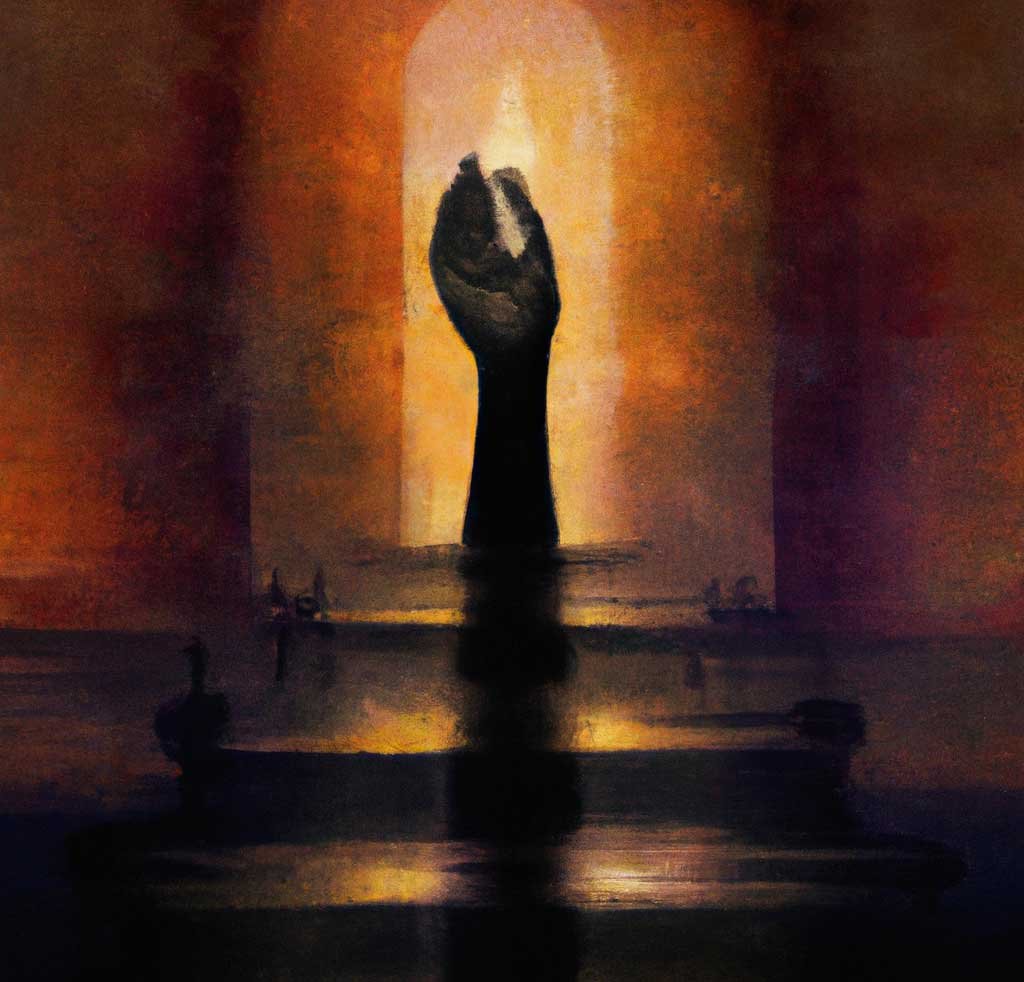We have embarked on a spiritual journey, exploring the profound depths of Buddhism, Hinduism, Christianity, and Taoism. Each of these religions, with their rich histories, teachings, and influences, have shaped individuals and societies over millennia. As we conclude our series, let’s reflect on their key teachings, the similarities and differences, their impact, and the common threads of spirituality woven through them. We’ll also look at the transformative power of prayer and meditation, consider the future of religion in our modern world, and encourage further personal exploration and study.
Review of the key teachings of Buddhism, Hinduism, Christianity, and Taoism
Each of these religions offers profound teachings. Buddhism provides a path of liberation from suffering through the Four Noble Truths and the Eightfold Path1. Hinduism proposes a cosmic order of dharma and karma, and a path to liberation (moksha) through various yogic paths2. Christianity teaches about salvation through faith in Jesus Christ and a life of love and service3. Taoism emphasizes harmonious living through alignment with the Tao, the natural way of the universe4.
Comparing and contrasting these religions
While these religions originate from different cultures and historical contexts, they share similarities. Each emphasizes the transformation of the individual and the cultivation of ethical and virtuous behavior. They also all acknowledge the existence of suffering or disharmony, and propose methods to alleviate it. However, they also differ significantly. For instance, while Christianity posits a personal God, Buddhism is non-theistic, and Taoism is pantheistic. Hinduism is incredibly diverse, accommodating monotheistic, polytheistic, and non-theistic beliefs within its fold5.
Impact of these religions on individuals and societies
These religions have shaped the lives of billions of people and left indelible imprints on civilizations. They’ve provided moral frameworks, influenced legal and educational systems, inspired art and literature, and guided social and cultural norms6. Individually, these religions offer paths for personal transformation, ethical living, and a deeper understanding of life and existence.
Reflections on the commonalities in spirituality across different religions
Despite the diversity, there are common spiritual threads across these religions. Each of these traditions emphasizes the inner journey towards wisdom, compassion, and self-realization. They all value ethical living and service to others. Practices such as prayer and meditation, meant to cultivate inner peace and wisdom, are found in each religion7.
The role of prayer and meditation in personal transformation
Prayer and meditation hold a special place in these religious traditions. These practices facilitate a deep connection with the divine, the self, and the universe. They help foster mindfulness, compassion, and inner peace, leading to personal transformation8.
Exploring the future of religion in the modern world
In the modern world, religion continues to evolve. It interacts with science, secularism, and modern ethical issues, leading to reinterpretations and reformulations of traditional beliefs and practices9. The future of religion will likely see it continuing to provide moral guidance, spiritual solace, and a sense of community, even as it adapts to new realities.
Encouragement for further personal exploration and study of these religions
This exploration of Buddhism, Hinduism, Christianity, and Taoism is but a glimpse into the vast spiritual landscape these religions offer. We encourage listeners to delve deeper, engage with primary texts, visit places of worship, and converse with practitioners. Each path offers its unique insights, and personal exploration will enrich your understanding and experience10.
Conclusion
As we conclude this journey through the world of spirituality and religion, we recognize the unique beauty of each path and the shared quest for understanding, peace, and transcendence that unites them. These religious traditions have shaped human civilization and continue to guide us in our search for meaning, purpose, and connection. May this exploration serve as a stepping stone for further personal exploration and understanding of these profound traditions.
References
Footnotes
- Rahula, Walpola (1974). What the Buddha Taught. Grove Press. ↩
- Flood, Gavin (1996). An Introduction to Hinduism. Cambridge University Press. ↩
- McGrath, Alister E. (2011). Christianity: An Introduction. Wiley-Blackwell. ↩
- Kohn, Livia (2001). Daoism and Chinese Culture. Three Pines Press. ↩
- Bowker, John (2005). The Oxford Dictionary of World Religions. Oxford University Press. ↩
- Armstrong, Karen (1993). A History of God. Ballantine Books. ↩
- James, William (1902). The Varieties of Religious Experience. Longmans, Green & Co. ↩
- Benson, Herbert (1975). The Relaxation Response. HarperTorch. ↩
- Berger, Peter L. (2014). The Many Altars of Modernity. De Gruyter. ↩
- Smith, Huston (1991). The World’s Religions. HarperOne. ↩
